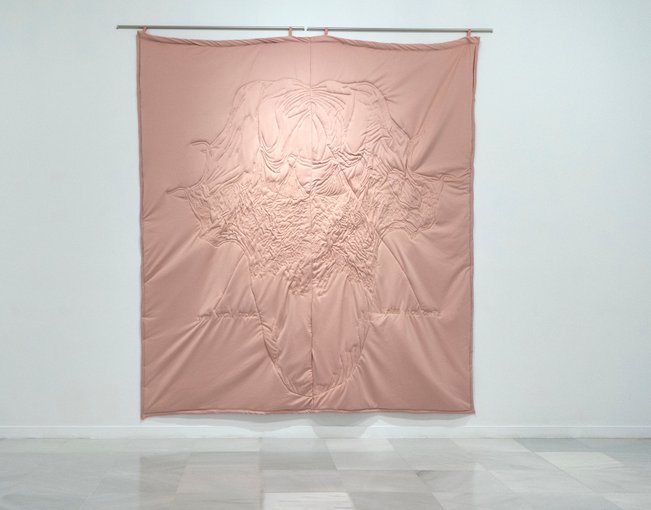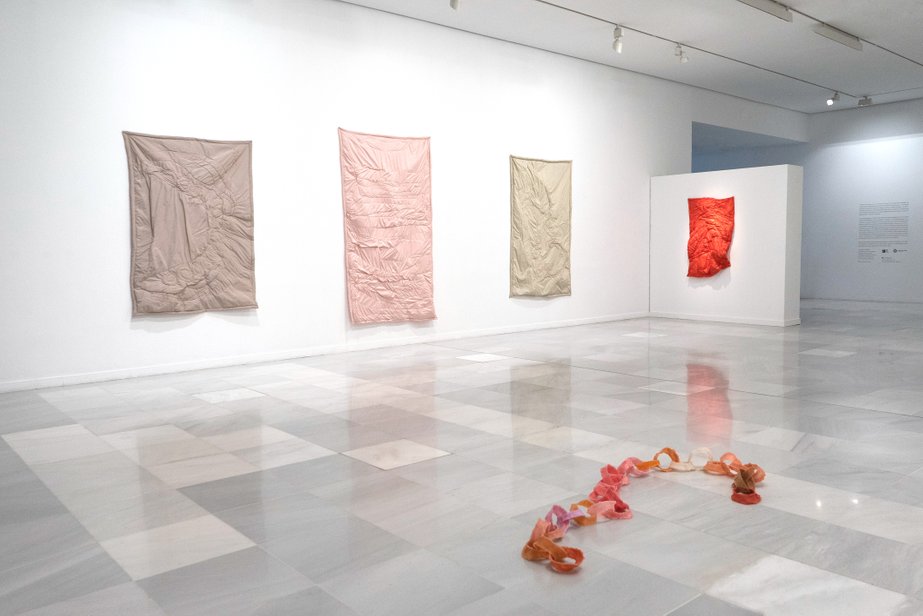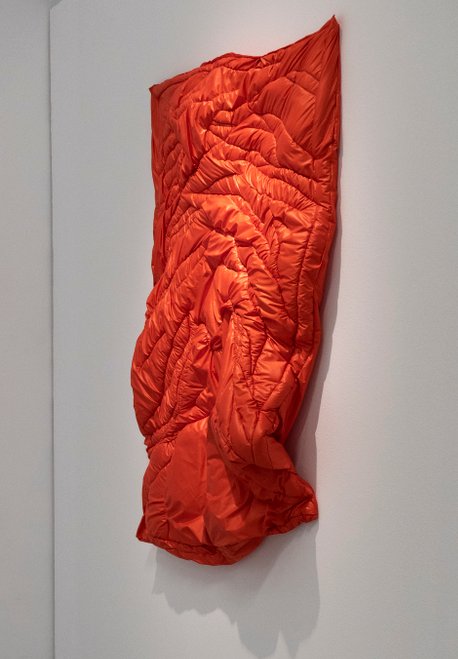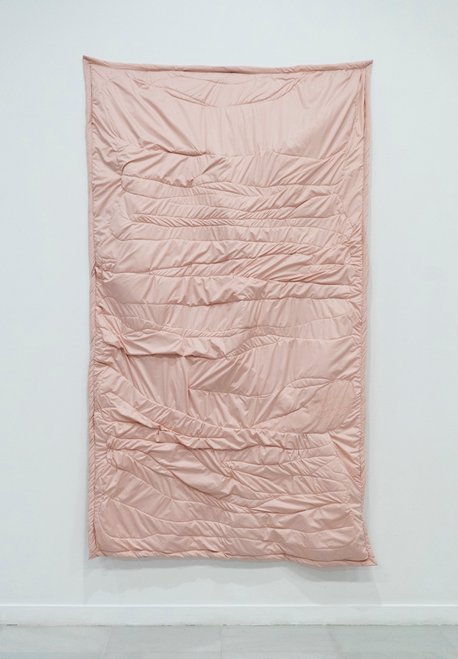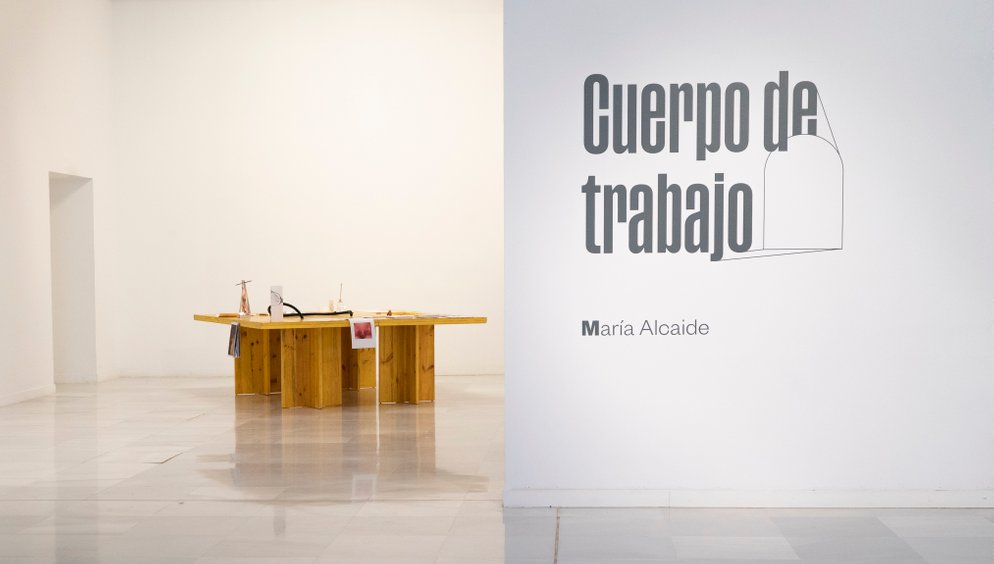What is exhibited at the ‘Museo de la Memoria de Andalucía’ is the beginning of a research revolving around textual and sound references tied to labor and its representation inside Andalusian folklore and culture, in which flamenco is fundamental. Martinetes, pregones, cantes de trilla de Fragua o mineras[2] are all testimony to that. Nevertheless, until what extent these expressions could be considered labor resistance strategies? In a way, could quejío be understood as a form of popular expression targeted at some sort of collective reparation? And, in this sense, would it be possible to elaborate an Andalusian genealogy of representation where quejío holds a political and emancipatory power or are we talking mainly about aesthetic and fictional expressions that perpetuate stereotypes in the intersection between manual labor and the South?
These and other questions inferred from the work at the studio are played out in the exhibition room without the aim of solving themselves, yet always leaving the question open to whoever wants to provide an answer, always the body.
*The research takes its starting point from Sarah Ahmed’s work in ‘Complaint!’ (2021) in regards to complain as a feminist subject-matter and the study of Pedro Ordóñez Eslava’s heterodox flamenco.
[2] All of these names refer to different flamenco singing styles, with its own idiosyncrasies.


